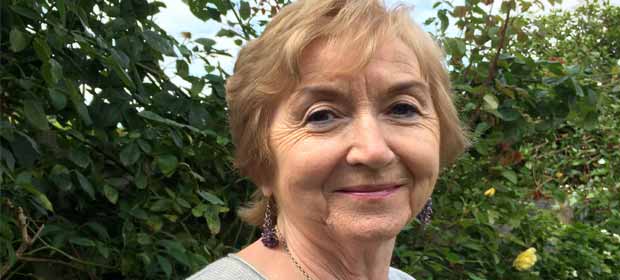HSE statistics have revealed that the majority of employees are female, 20 per cent of all employees are over the age of 55 and more women than men work in higher grade jobs. Maureen Browne reports.

Over three quarters of HSE employees working in the statutory sector are female. Sixty four per cent of women and 92% of men work full time.
There are currently 873 employees on career breaks of whom 85% are female and 15% are male.
Twenty per cent of employees are over the age of 55, 10% are under 30 years and in approximately ten years time, 20% of the current HSE employees will be retired.
Ten per cent of male employees are working at Grade 11 to Grade 1V, over 20% are working at Grade 1V to V11 and over 40% work at Grade V111 or higher.
Ninety per cent of females work at Grade 11 to 1V, nearly 80% work at Grade 1V to V11 and over 55% work at Grade V111 or higher.
In 2015, a total of 2,092 employees (351 male and 1,741 female) retired from the HSE. The men received a total average gross lump sum of €72,276 and the women €40,707 for 2015. Total average pensions at retirement were €20,401 for men and €10,886 for women.
Of the HSE employees, 2.2% have a disability. One of the strategic goals for the HSE for 2015 – 2018 is to improve the recruitment, support and retention of people with disabilities in the organisations through awareness-raising to achieve the NDA goal of 3%.
Employees of the health sector bring a range of skills, talents, diverse thinking and experience to the organisation. This is reflected in the People Strategy 2015-2018 Leaders in People Services which promises to Promote Diversity, Inclusion and Equality across the system valuing different perspectives, depth of experience and the strength and potential of individuals and teams (Section 2.9)
HSE DEI Mission Statement
The HSE is committed to creating a positive working environment whereby all employees inclusive of race, religion, ethnicity, gender, sexual orientation, responsibilities for dependents, age, physical or mental disability, civil status, membership of the Traveller community, and geographic location are respected, valued and can reach their full potential.
The strategic plan for 2015 – 2018 also includes:
- A planned, systematic approach to the mainstreaming of Diversity, Equality and Inclusion (DEI) in employment in the HSE.
- All activities as an organisation should be DEI proofed and the HSE should work towards becoming a world class employer.
- Gathering, collating, interpreting, researching and analysing data with a view to informing best practice in DEI in employment through the DEI Strategic Plan.
- Using system information to assess recruitment and selection practices re DEI proofing. Identify and remove barriers and move towards best practice at all stages of employment cycle.
- Using system information and research international best practice to identify pay and pension gaps in the HSE and create supports/remove barriers to progression in a collaborative way.
- Recognising the positive aspects of culturally diverse teams and promoting the effective working of teams.
- Embedding a consistent set of DEI messages into all training provision.
- Developing the HSE brand as Employer of choice for diverse groups by creating pathways to employment. Having a visible and felt presence and supporting principles of equality.
- Making the HSE LGBT aware and inclusive and employer of choice.
- Diversity, Equality and Inclusion Unit commenced the formation of a Transgender Policy document and is consulting on its content.
- Engaging with Traveller representative organsisations to establish pathways to employment and support existing employees.

